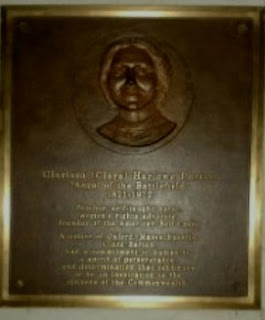60th Anniversary of Interstate Highway System
Later this year in June, the 60th
anniversary of the signing of the law that established the Interstate Highway
System will take place. President Dwight
D. Eisenhower signed the Federal-Aid Highway Act of 1956 on June 29, 1956. The legislation authorized the construction
of a 41,000 mile network of interstate highways that would cover the entire
country. The interstate highway system
was intended to: eliminate traffic congestion, make coast-to-coast
transportation more efficient, and simplify the ability for residents to leave
large cities in the case of an atomic attack.
President Eisenhower had an interest in
establishing an interconnected national highway system after his experience traveling
across the country as an Army Lieutenant during a 1919 military convoy. Secondly, when Eisenhower was a General
during World War II he saw the importance of having an efficient interconnected
road system when he traveled the German Autobahn highway network.
Currently, the Interstate Highway System is
46,876 miles long, making it the second longest road network in the world after
China’s road network. The longest
interstate highway is I-90. At 3,020
miles, I-90 connects Boston, Massachusetts to Seattle, Washington.
The Interstate Highway System allows
millions of Americans travel to different sections of the country for work or
leisure with relative ease. The highway
system has also caused Americans to become more reliant on cars and
gasoline. In order to preserve the
highway system and to reduce traffic congestion and smog, it is important to
discover solutions that address the benefits and problems associated with the
Interstate Highway System.
Sources:
http://www.archives.gov/publications/prologue/2006/summer/interstate
http://www.fhwa.dot.gov/interstate/faq.cfm
http://www.history.com/topic/interstate-highway-system


Comments
Post a Comment